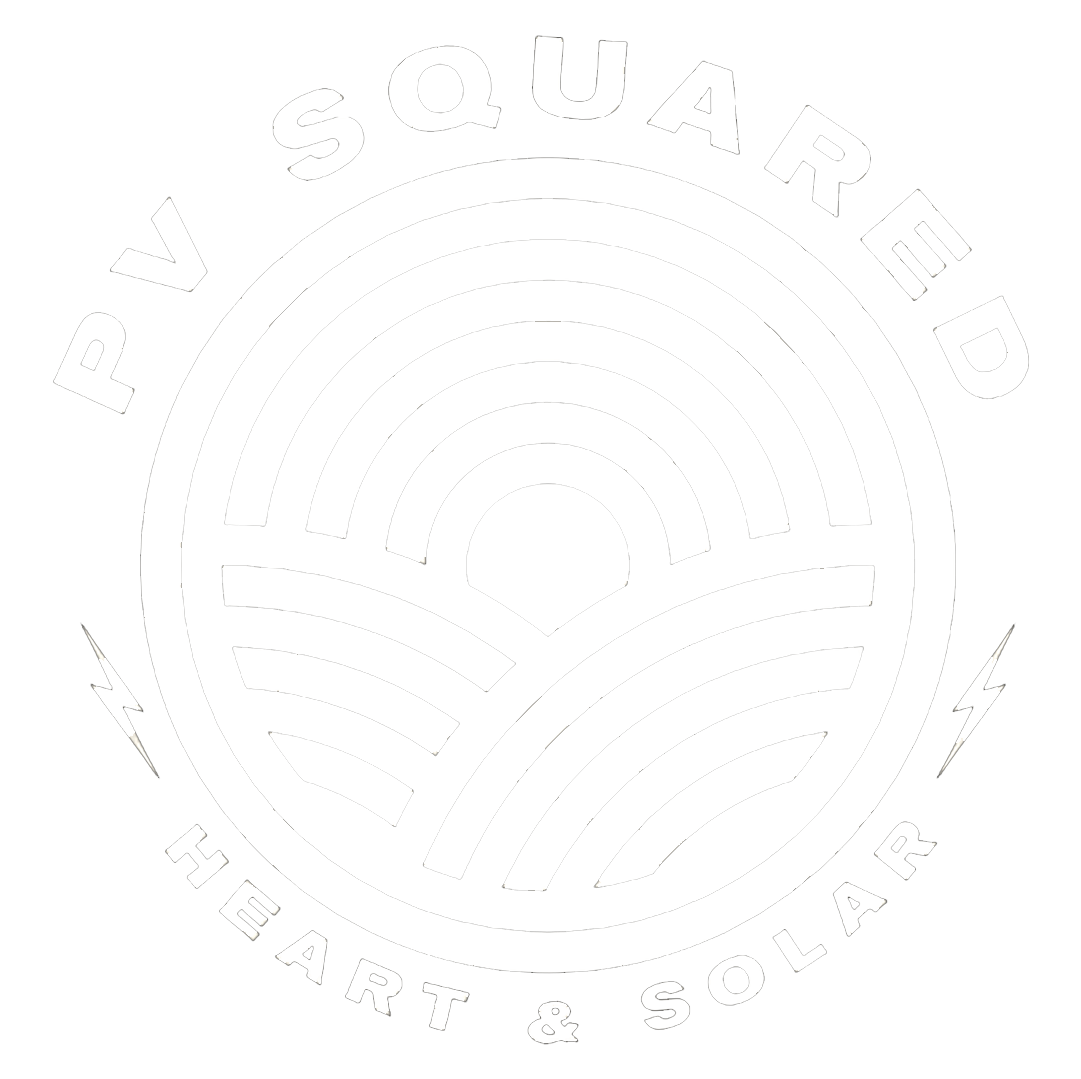Why Investing in Solar Today is Still a Good Idea Tomorrow
By Josh Hilsdon //
Do you ever go to bed and feel like when you wake up there’s a new breakthrough in solar technology on the news? If so, you are not alone. But why in the world is a solar company that offers multi-year product warranties even bringing this up?
That’s because it’s a question we get asked quite often.
Yes, it’s true. Technological advancements are made every day. New products are being rolled out that tout increased efficiency and longevity. And a solar PV system relies on that same technology to efficiently convert the sun’s rays into electricity you can use in your home and business.
While we know solar panels will get more efficient over time, it’s unlikely we will see a breakthrough in efficiency that will dramatically change the landscape. That’s because solar is a relatively mature technology that has been developed and refined incrementally over the past 40 years. So we aren’t expecting huge changes in technology. But even if we did, it would take some time before that offering became an affordable solution for the majority of people. Bringing something from lab to mass production and the open market takes years, if not decades.
Our job is to make sure that your solar project will not become obsolete in a few years. It’s not a computer or a smartphone. It’s a power plant, and its only job is to produce electricity. Equipment manufacturers provide warranties that extend up to 25 years and there’s a reason for that. They’ve tested the equipment and they are confident in standing behind it for decades.
Okay, so you are feeling pretty good about your future solar project in terms of any new technologies that might emerge, but what about that pesky question about the cost of solar going down every year?
It’s true. The cost of solar has come down notably over the past ten years, and we expect it to continue to decline. However, many of the cost reductions we’ve seen so far have come from reductions in the price of panels. But panel costs only make up a portion of a project’s total costs, with the remainder coming from things like labor, overhead, and equipment made from raw materials like aluminum, copper, and steel. This diversity of costs in a project will make for a slower cost decline in years to come.
The other piece of the cost equation is the incentive landscape. As project costs have come down, the incentives that support solar have also been reduced. Incentive programs are, by design, meant to diminish over time. We currently still have many incentives available at the state and federal levels that continue to reduce the payback period of a project. There are many incentives that are available today that may not be available in a few years’ time. So while project costs may continue to decline over time, so will the incentive landscape. Together, these two elements paint the profitability picture of a project.
We understand that making the decision to go solar is complex. We are here to answer your questions.
Simply reach out and we’ll be happy to talk more.
